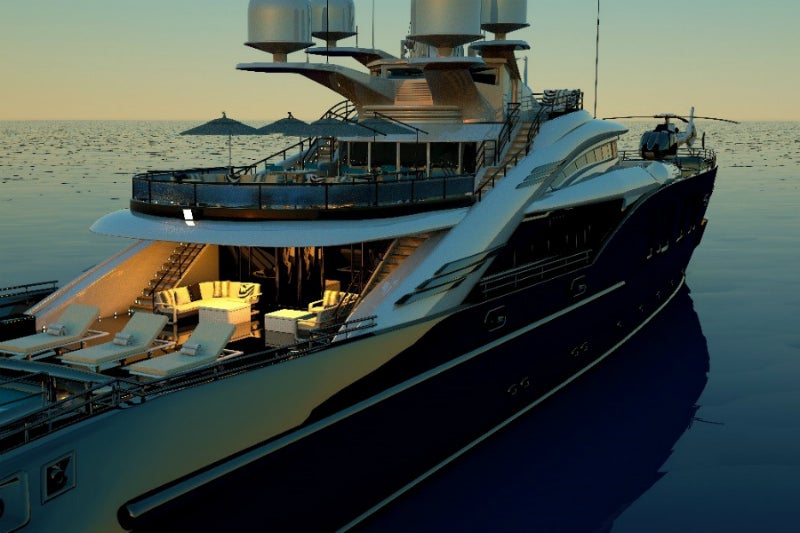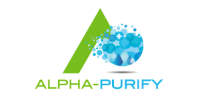
What is ballast water?
Ballast water can be either fresh or salt water, which is held in tanks and cargo holds of ships to increase their stability and manoeuvrability during transit.
This ballast water is discharged by ships when they reach their destination port, which in some cases can have a negative impact on the marine environment.
The discharge of ballast water and sediments by ships is governed globally under the Ballast Water Management Convention.
What are ballast water management systems (BWMS) required to do?
BWMS are designed to prevent microorganisms, including invasive species and harmful pathogens, from being transferred from one area of an ocean, river or sea to another via ballast water being held or discharged.
The regulations for ballast water state that your vessel must:
- Discharge less than 10 living organisms greater than 50 microns per cubic metre of ballast water.
- Discharge less than 10 living organisms in a size range 10 microns per millilitre to 50 microns per millilitre.
The US Coast Guard (USCG) requirement is based on organisms being alive or dead, whereas the International Maritime Organization (IMO) requirement is based on organisms being viable to reproduce or not.
Does my vessel come within the scope of legislation?
If your vessel is larger than 50m in length and it has a ballast water tank capacity greater than 8m³, then you will have to comply with the IMO regulations.
However, if your vessel doesn’t meet these requirements but moves from ocean to ocean you will have to comply with the discharge standards. This can be achieved with methods such as ballast water exchange, but you will need a ballast water management plan and maintain a ballast water record book.
If you are sailing in US water and must comply with the USCG regulations, then as long as your vessel is less than 25m in length it is classified as a recreational vessel it will be exempt from the regulations.
It is worth noting that superyachts are defined in different ways by the USCG depending on the size of the vessel and number of passengers.
How do UV BWMS work?
UV ballast water treatment is a great alternative to chemical systems in the market.
The water flows past UV lamps, which sterilises the water in the ballast tanks. With the UVC being emitted at a wavelength of 254 nanometres, the DNA of any bacteria and pathogens in the water is destroyed, making them inactive and thus preventing them from reproducing.
UV ballast water treatment is eco-friendly and requires no transport or handling of dangerous goods or chemicals, which in turn makes it low maintenance and a smaller footprint within the vessel.
How can Alpha-Purify help?
On-board UV disinfection systems have proven to be a safe, commercially viable and environmentally friendly method of treating ballast water, killing organisms or rendering pathogens unable to replicate. This helps to protect ecosystems around the world without the use of harmful chemicals.
Alpha-Purify offers a range of UV lamps and accessories for a wide range of UV ballast water systems at a competitive cost.
To find out more about ballast water or what UV lamps and accessories we can offer, fill out the enquiry form on this page.

